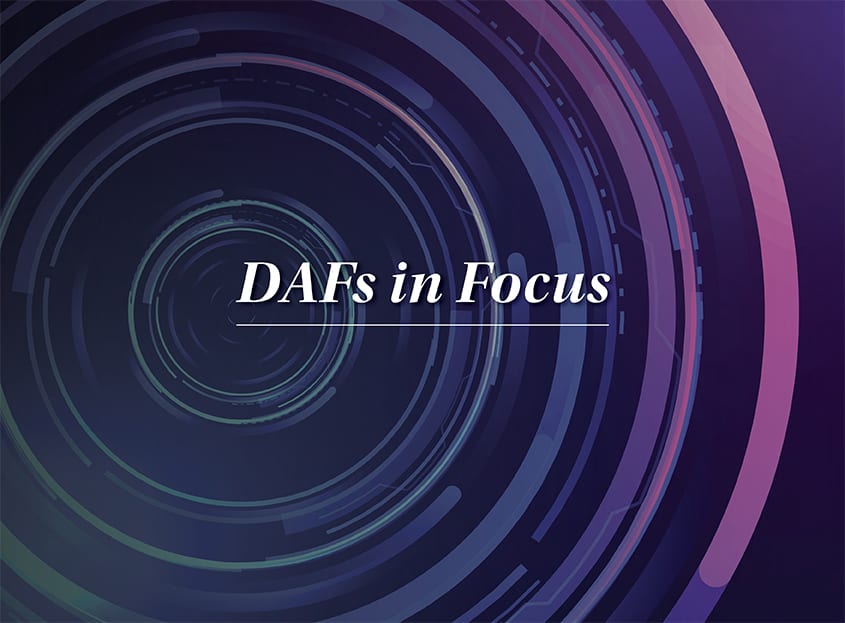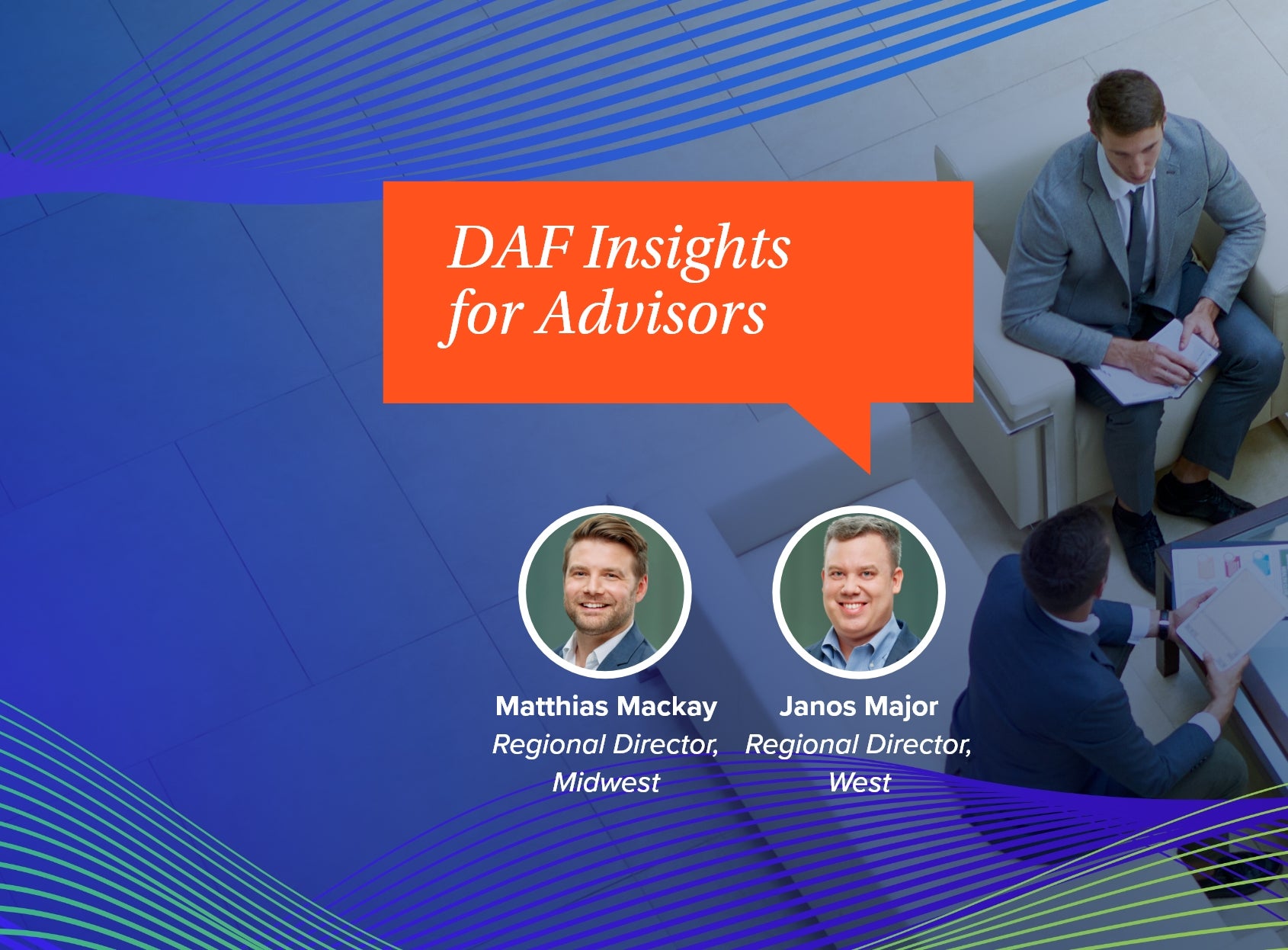DAFs in Focus: DAFs Address Both Near and Long-Term Nonprofit Need

Donor-advised funds (DAFs) have grown in popularity in recent years because of their flexibility and efficiency in philanthropic giving. DAF contributions now make up about 13 percent of all individual charitable giving in the U.S. With increased prominence comes new curiosity. In our new DAFs in Focus series, we focus on some of the unique features of DAFs and provide the facts about philanthropic giving in the donor-advised fund sector.
When balancing the books at home, it’s best to make sure today’s needs are met while also thinking about the future. DAFs operate by the same principle: meeting the needs of the nonprofit sector today and preparing for tomorrow.
DAFs provide donors the opportunity to give immediately while simultaneously growing charitable dollars for future use through professional investment of the assets held in the DAF. DAFs also allow for the donation of a wide range of assets—like public securities, private equity or real estate—in a timely and efficient manner. Without DAFs’ ability to easily accept and liquidate these non-cash assets, their value might not make it to grantee organizations.
DAFs are sometimes called the “rainy day funds” of philanthropy because during times of economic crisis, many revenue sources usually available to nonprofits can disappear quickly. Donors with DAFs are uniquely positioned to offer “counter-cyclical” support during such times—and have done so across both the Great Recession of 2008 and the coronavirus pandemic in 2020.
DAF donors gave about 30% more by dollar value—around $8.3 billion—in the first half of 2020 when compared to the previous year. They also increased the number of gifts by 37%, making 1.2 million grants in the first half of the year. That financial support from DAFs allowed local charities to continue to operate and serve their communities during a national crisis.
Beyond near-term relief, DAFs provide sustainable long-term support. Annual payout rates of more than 20% over the last decade show that DAFs are granting consistently and reliably, a boon to nonprofit recipients. The asset management and growth features that DAFs provide maintain a long-term outlook that help ensure that America’s nonprofits will be ready to meet the next crisis, whenever it may occur.
NPT does not provide legal or tax advice. This blog post is for informational purposes only and is not intended to be, and shall not be relied upon as, legal or tax advice. The applicability of information contained here may vary depending on individual circumstances.
To download a PDF of this blog post, click below:


